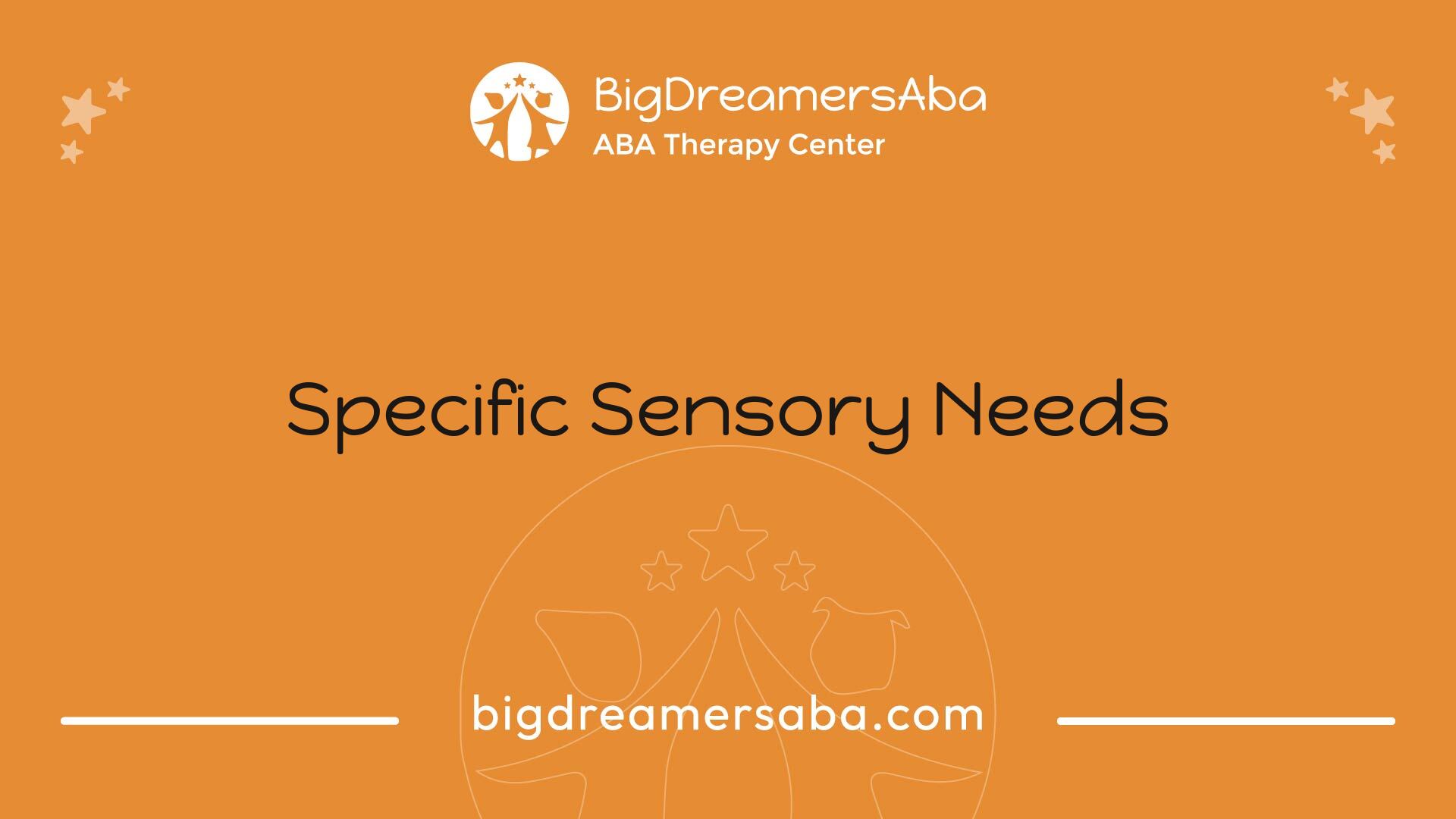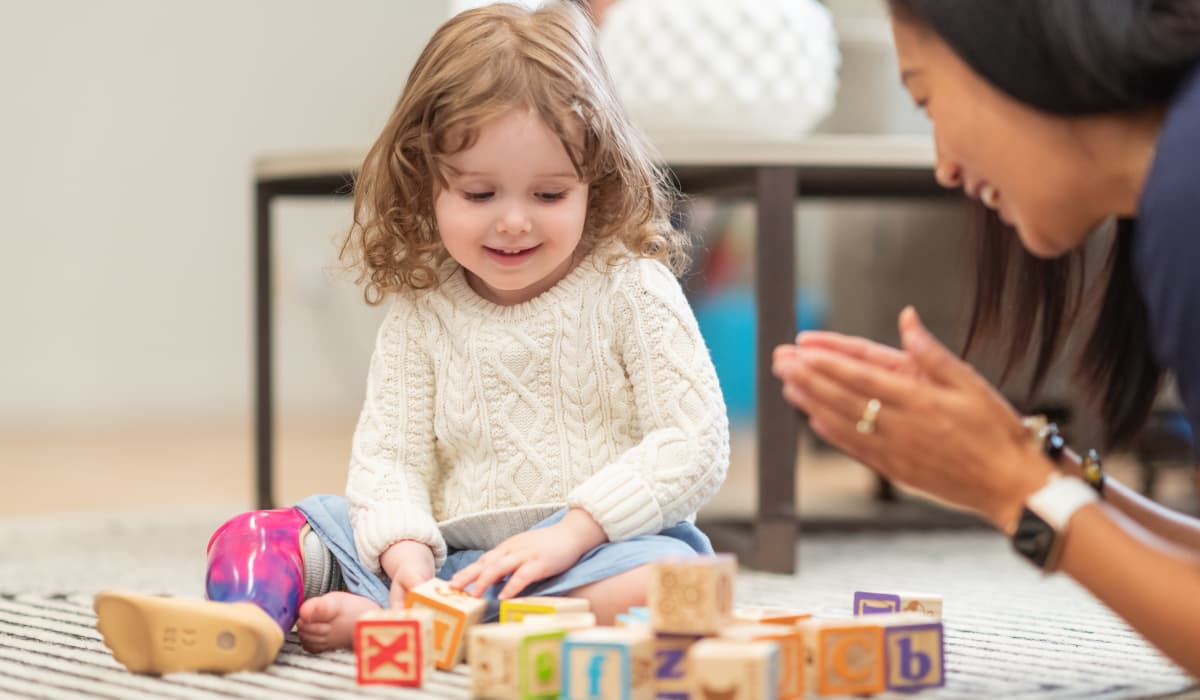Free Sensory Toys Redefining Autism Support
Discover free sensory toys for autism that enhance stimulation, social skills, and personalized support.


Understanding Sensory Toys
Importance of Sensory Stimulation
Sensory toys have been specifically designed to stimulate one or more of the senses. These toys are particularly appealing to children with autism as they provide the necessary sensory experiences that these children often seek. Engaging with sensory toys can help them remain calm, focused, and engaged in their surroundings [1].
The essence of sensory stimulation lies in its ability to encourage exploration and interaction. By providing varied sensory experiences, children learn to navigate their environments and understand the world around them. This kind of stimulation is vital for their overall development and can also help in managing sensory issues, such as sensory overload, which often impacts those with autism.
Type of Sensory StimulationExamplesBenefitsTactileStress balls, textured matsImproves tactile awareness, reduces anxietyAuditoryMusical toys, sound devicesEnhances auditory processing, aids focusVisualLight-up toys, colorful objectsSupports visual engagement, fosters creativity
Benefits for Children with Autism
Sensory toys offer numerous benefits for children with autism. They can assist in improving attention and concentration by providing tactile, auditory, and visual stimulation. This array of experiences helps redirect attention and enhances focus, which is particularly beneficial for those who struggle to sustain their attention on specific tasks or activities.
Furthermore, sensory toys play a vital role in enhancing sensory processing and improving social interaction. They empower children to engage with their senses, explore their environment, and develop essential social learning skills. By interacting with sensory toys, children can also relax, focus, and calm down in various scenarios, contributing to their overall well-being and development [1].
In summary, sensory toys provide a multisensory experience that can help children with autism explore and understand their environment, develop crucial skills, and foster engagement and interaction with others [3]. This makes sensory toys an invaluable resource in supporting the growth and development of children on the autism spectrum. For further details on this topic, visit our section on benefits of sensory toys.

Free Sensory Toy Resources
Access to sensory toys can significantly enhance the sensory experiences of children with autism. Various organizations and stores offer free resources that provide essential support and stimulation for these children.
Offerings from Autism Community Store
The Autism Community Store features a comprehensive selection of sensory toys, boasting a collection of 175 products tailored to meet the diverse needs of children with autism. These toys are designed to stimulate various senses and aid in calming, focusing, and developing sensory skills. Some popular products may include tactile toys, fidget items, and calming tools that foster exploration and engagement.
Type of Sensory ToyExamplesTactile ToysFidget spinners, textured ballsCalming ToolsWeighted blankets, sensory bottlesInteractive ToysGlow-in-the-dark items, sensory swings
Providing Options for Sensory Needs
National Autism Resources is another valuable source for obtaining free sensory toys. They offer a variety of toys specifically aimed at enhancing sensory development and providing comfort, including items like the Tranquil Turtle and the Easy Hold Glitter Panel Set, along with many others. Organizations such as ACT Today!, Autism Speaks, and Kids Wish Network also provide free sensory toys to support children on the autism spectrum.
Additionally, the National Autism Resources website showcases an extensive assortment of sensory toys including the Calming Sensory Tent Kit, Dizzy Disc, and Hammock Swing Kit, which are great for creating sensory-rich environments National Autism Resources.
With these resources, parents, educators, and caregivers can access a range of options that provide safe and engaging sensory experiences for children with autism. By exploring the variety of available toys, they can tailor sensory play to address unique sensory processing needs common in autism. For more insights into sensory tools and practices, readers can refer to articles on benefits of sensory toys and understanding sensory processing issues in autism.

DIY Sensory Toy Ideas
Creating sensory toys at home can be an effective way for families to provide engaging and stimulating experiences for children with autism. DIY sensory toy ideas allow for customization according to individual needs and offer budget-friendly alternatives to store-bought toys.
Customization for Individual Needs
DIY sensory toys enable parents and caregivers to tailor toys specifically to the sensory preferences and requirements of their children. Organizations like Autism Speaks offer suggestions for creating customized toys that cater to specific sensory needs, ensuring a more engaging experience [1].
Examples of customized DIY sensory toys include:
Toy TypeMaterials NeededSensory BenefitSensory bagsZiplock bags, various fillers (gel, rice, beads)Tactile stimulationHomemade fidget spinnersCardboard, paper clips, strawsImproves focus and reduces anxietyTexture boardsDifferent fabric swatches, woodOffers varied tactile sensations
These examples highlight the importance of considering the specific sensory needs when designing toys.
Cost-Effective Alternatives
DIY sensory toys represent a budget-friendly approach for those looking to provide sensory experiences without incurring high costs. Using everyday materials such as household items or inexpensive craft supplies, families can create engaging toys at a fraction of the price of commercial options [3].
Common materials for homemade sensory toys include:
MaterialPotential UseEmpty tissue boxesCreate noise-makers with rice or beadsOld utensilsProvide tactile experiences on a sensory tableBubble wrapExcellent for tactile stimulation
DIY sensory toys not only save money but also encourage creativity and family involvement in the toy-making process. When considering sensory options, resources focusing on sensory modulation disorder in autism can provide additional insights into creating effective tools for sensory play.
Building sensory toys at home is one way to foster creativity while meeting the sensory needs of children with autism. For further exploration of sensory solutions, consider checking out our articles on creating a sensory-friendly environment and calming sensory room ideas for autism.

Enhancing Social Interaction
Sensory toys are essential tools in enhancing social interaction for children with autism. These toys not only support sensory processing but also aid in the development of social learning skills, ultimately contributing to improved engagement with peers.
Supporting Sensory Processing
Sensory toys are designed to cater to the unique sensory needs of children on the autism spectrum. By providing stimulating experiences, these toys help children regulate their sensory input, allowing them to better manage sensory overload and seek relief when necessary. Sensory toys enhance sensory processing and improve social interaction.
Sensory ToolPurposeFidget spinnersHelp manage sensory overload by providing tactile stimulationWeighted blanketsOffer calming pressure to reduce anxietySensory ballsEngage touch and promote active play
These toys empower children to explore their environment and manage their sensory experiences, which can lead to increased focus and relaxation during interactions with others.
Developing Social Learning Skills
In addition to supporting sensory processing, sensory toys play a pivotal role in fostering social skills. Children with autism can develop essential skills such as negotiation, planning, sharing, and turn-taking through play with sensory toys. Interactive toys, in particular, encourage cooperative play, which is vital for social learning. Research highlights that sensory toys not only stimulate the senses but also create safe environments for children to interact with their peers, thus enhancing their ability to socially engage [2].
Overall, these toys serve as functional tools that support the development of critical social learning skills while meeting the sensory needs of children with autism. For more insights into how sensory toys can aid in social development, please visit our page on the benefits of sensory toys.

Specific Sensory Needs
Understanding the specific sensory needs of individuals with autism is vital when it comes to selecting suitable sensory toys. Each person may have distinct preferences and responses to different types of sensory input, which necessitates a tailored approach to selecting toys.
Tailoring Toys for Individuals
When considering free sensory toys for autism, it is essential to observe and understand the unique sensory needs and preferences of each individual. This customization ensures that the toys chosen effectively engage the child’s senses, catering to their specific sensory requirements. Sensory toys are designed to stimulate sight, hearing, touch, smell, and taste, providing opportunities for children to explore various sensory experiences. By creating a safe and controlled environment for sensory exploration, children can better regulate their sensory systems [2].
Sensory InputSuggested ToysTouchTextured balls, sensory bins, fidget spinnersSightColorful light-up toys, bubble tubes, visually engaging picture booksHearingMusical toys, rhythm instruments, sound boxesSmellScented toys, aromatherapy playdoughTasteEdible sensory toys, flavored gel toys
Consulting Occupational Therapists
Consulting occupational therapists or behavior technicians can provide valuable insights into selecting and tailoring sensory toys to meet the specific needs of individuals with autism. These professionals can assess sensory preferences and challenges, guiding caregivers in choosing the most effective tools to support sensory integration. Research indicates that Ayres Sensory Integration (ASI) intervention is an evidence-based practice that can have positive outcomes for children with autism, particularly between ages 4 and 12 [3].
Incorporating the expertise of occupational therapists helps ensure that interventions comply with the ethical standards of practice and meet the legal requirements established by the Individuals With Disabilities Education Improvement Act (IDEA) of 2004. This collaboration allows for a fine-tuned approach to addressing sensory processing needs, ultimately enhancing the efficacy of sensory interventions.
By focusing on individual needs and collaborating with professionals, children with autism can benefit extensively from tailored sensory experiences. For further insights, explore the benefits of sensory toys, or learn more about sensory modulation disorder in autism.
Sensory Tools and Interventions
Supporting Sensory Integration
Sensory integration (SI) theory plays a crucial role in enhancing sensory modulation, behavior, attention, and social interactions in children with autism spectrum disorders (ASD). By providing planned and controlled sensory input, SI methods can significantly improve the quality of life for these children. Research has shown notable positive effects in areas like Goal Attainment Scaling scores for children receiving sensory integration treatment. In one study, children in the sensory integration group exhibited a significant decrease in autistic mannerisms, emphasizing the effectiveness of such interventions [4].
Sensory tools, including free sensory toys for autism, are integral in these interventions. They cater to various sensory needs, helping to guide children toward better sensory processing and integration. Effective implementation of sensory integration strategies is essential for achieving measurable outcomes and is mandated by occupational therapy ethics and legislation, including the Individuals With Disabilities Education Improvement Act of 2004 [4].
Sensory Tool TypePurposeFidget ToysHelp maintain focus and relieve stressWeighted BlanketsProvide deep pressure for calming effectsSensory BottlesEncourage visual and tactile engagement
Evidence-Based Practices
Implementing evidence-based practices is vital to ensure the effectiveness of interventions aimed at supporting children with autism. Research indicates that Ayres Sensory Integration (ASI) intervention yields positive outcomes for children with autism, particularly those aged 4 to 12. Recent randomized controlled trials demonstrated that ASI meets rigorous criteria for evidence-based effectiveness, showcasing its benefits in improving sensory processing.
Communities are increasingly recognizing the importance of funding elements like sensory spaces and sensory toys to enhance the lives of individuals with ASD. Organizations such as the Doug Flutie, Jr. Foundation for Autism actively support these initiatives, funding resources that aid in the establishment of inclusive environments for sensory exploration.
For best practices in selecting tools and interventions, it is beneficial to develop a personalized approach that considers the unique sensory needs of each child. Resources such as sensory modulation disorder in autism can provide more insights into tailoring experiences to support the individual’s sensory journey.
References
[2]:
[3]:
[4]:
Recent articles

ABA Techniques for Picky Eaters: Building Better Habits

How Social School Support Makes School Transitions Easier for Children
